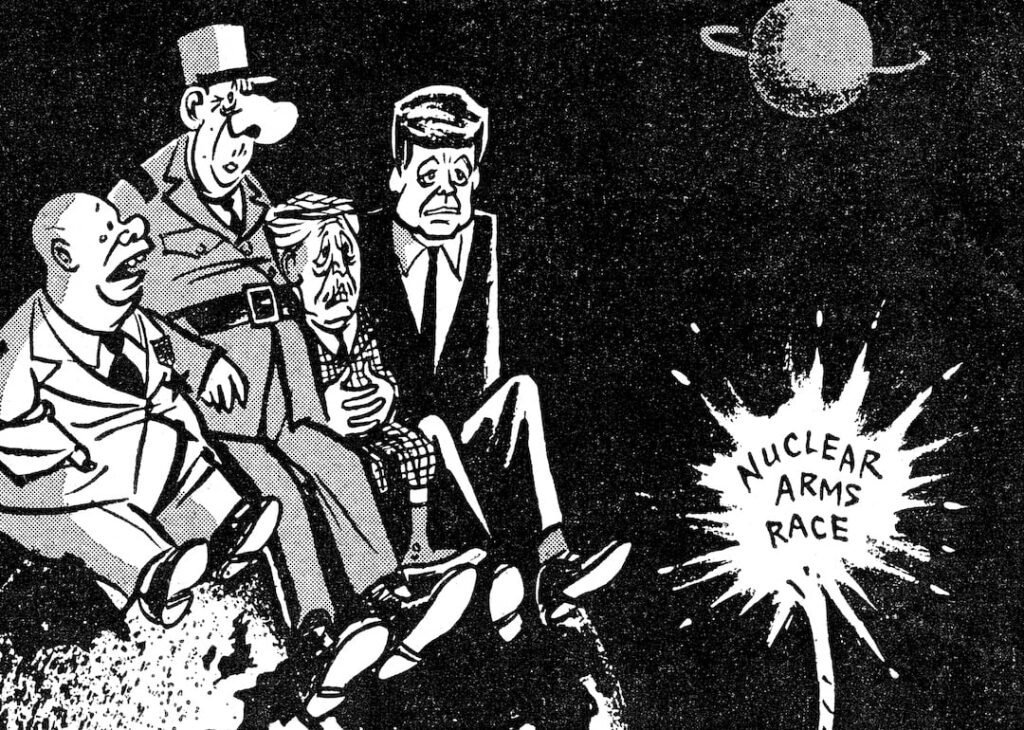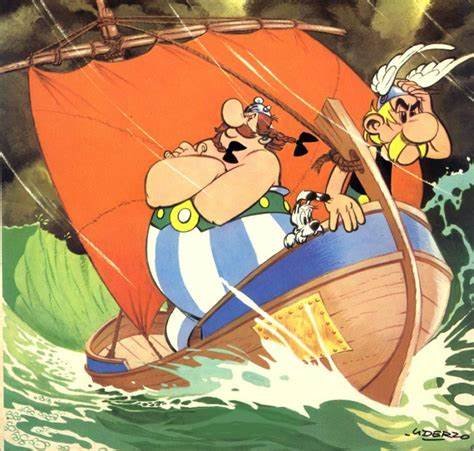The art of caricature in political cartoons has long been a way to comment on political issues, challenge authority, and provoke thought. By exaggerating certain features or actions of people, caricatures can turn serious topics into accessible, entertaining, and often powerful critiques. In this post, we will explore the role of caricature in political cartoons, its evolution, and how it still shapes the way we view politicians and social issues today.

What is Caricature in Political Cartoons?
The art of caricature in political cartoons involves exaggerated representations of political figures and events. Artists take the most recognizable features of a person or situation and blow them out of proportion, making them humorous or sometimes even absurd. This technique highlights the flaws or contradictions in the subject matter, making it easier for the audience to understand complex issues.
Caricature can be used to criticize or mock political figures, but it can also offer insight into the personality of the person being depicted. By focusing on specific physical traits, such as a politician’s large nose or exaggerated gestures, caricature makes them more relatable or memorable to the viewer. Ultimately, the art of caricature in political cartoons helps convey strong messages in a simple yet impactful way.
The History of Caricature in Political Cartoons
The art of caricature in political cartoons dates back to the 18th century. Early caricaturists like James Gillray in England used exaggerated depictions to criticize political leaders, including Napoleon Bonaparte and King George III. Gillray’s work showed the potential of caricature as a tool for political commentary. His exaggerated portrayals made it easy for the public to engage with political events and figures, often making serious issues more approachable and even funny.
Throughout the 19th and 20th centuries, the art of caricature in political cartoons grew and evolved. Famous cartoonists such as Thomas Nast in America used caricature to expose political corruption and bring attention to social issues. Nast’s caricatures of figures like Boss Tweed helped shape the public’s perception of politics. The art of caricature in political cartoons has become a vital part of political discourse, with artists continuing to use exaggeration and humor to make a point.
Caricature Techniques in Modern Political Cartoons
The art of caricature in political cartoons has continued to evolve with technology, but its core techniques remain similar. Today, artists still rely on exaggerated features to highlight certain aspects of a politician’s behavior or appearance. Caricatures of political figures often emphasize their facial expressions, gestures, and even their posture to tell a story.
For example, a cartoonist might exaggerate a politician’s frown to convey their dissatisfaction with a policy or inflate their hands to show them making grand promises. By manipulating features in this way, the art of caricature in political cartoons offers insight into the emotions and motivations of the subjects, even if they aren’t explicitly stated in the image.
In the digital age, many artists have moved away from traditional pen-and-ink drawings and now create caricatures using digital tools. This allows for greater precision and more vibrant images, but the exaggerated nature of the caricature still remains the same. Despite the change in medium, the art of caricature in political cartoons continues to captivate and entertain people worldwide.
Why Caricature Works So Well in Political Cartoons
The art of caricature in political cartoons works because it simplifies complex ideas into digestible and often funny visuals. The exaggeration in caricatures draws attention to key traits and issues, helping the viewer quickly understand the artist’s point of view. People are more likely to remember and respond to an image that makes them laugh or feel strongly, which is why caricature is such an effective tool in political cartoons.
Moreover, caricature plays on our emotions. When we see a politician depicted in a ridiculous or over-the-top way, we are more likely to react emotionally, whether through laughter, surprise, or anger. This emotional reaction strengthens the political message, making the art of caricature in political cartoons not just a tool for humor, but also a way to challenge and critique authority.
The Impact of Caricature on Public Opinion
The art of caricature in political cartoons has had a lasting impact on public opinion. By exaggerating a politician’s appearance or actions, caricatures create lasting images that influence how we view those in power. Politicians who are frequently caricatured, especially in a negative light, risk losing their public image or becoming the subject of ridicule.
Over time, the art of caricature in political cartoons has helped to shape political discourse. Artists use caricature to highlight contradictions, expose corruption, and even call attention to social injustice. These cartoons give voice to the public, showing how people feel about political events and issues. The power of caricature, then, lies in its ability to speak to a wide audience in a simple but memorable way.
Conclusion
In conclusion, the art of caricature in political cartoons remains an essential tool for political commentary and satire. Whether through exaggerating features or creating humorous depictions, caricature helps make complex issues easier to understand and encourages the public to think critically about the world around them. From its historical roots to its modern applications, caricature continues to be a powerful form of expression, shaping public opinion and influencing politics for generations.











